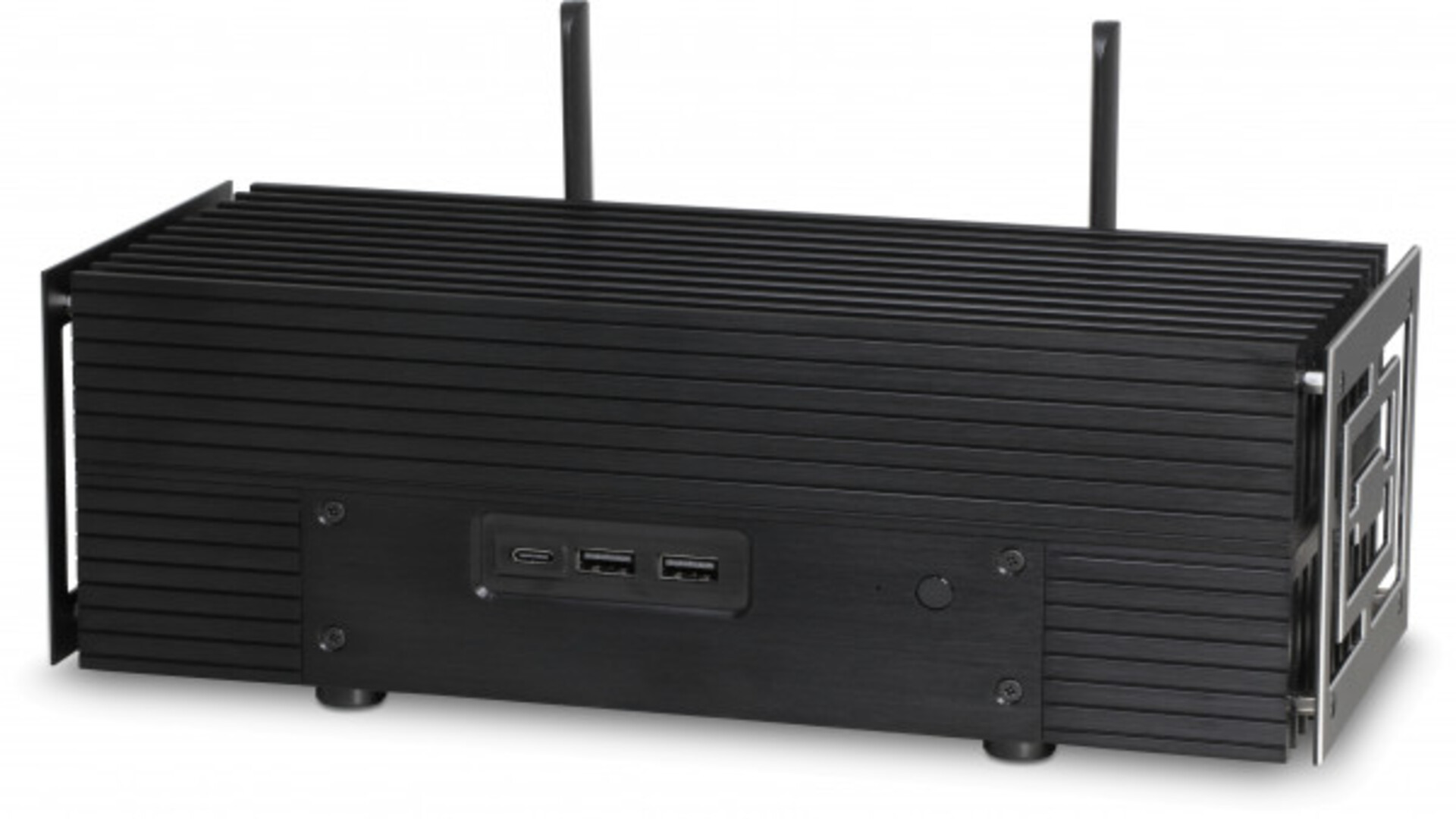Code Review Best Practices
Code reviews are a crucial part of writing great software. They help maintain code quality, catch bugs early, and improve collaboration. But if done poorly, they can be frustrating, time-consuming, and even demotivating. So, how do you make your code reviews effective and useful? What to Do? 1. Prioritize Code Quality and Maintainability Make sure the code follows best practices and style guidelines. Check for ways to improve performance and efficiency. Ensure the code is easy to read and well-structured. 2. Give Constructive, Respectful Feedback Focus on helping, not just pointing out mistakes. Offer suggestions rather than just criticism. Highlight things that were done well, not just areas that need improvement. 3. Ensure the Code is Properly Tested Look for unit tests and integration tests where needed. Check for edge cases and possible failure points. Make sure tests actually pass before approving the PR. 4. Look Out for Security and Performance Issues Watch for common security risks like SQL injection, XSS, and hardcoded secrets. Keep an eye on database queries and API calls for efficiency. Avoid unnecessary complexity that could slow things down. 5. Make Sure the Code Solves the Right Problem Confirm that the implementation matches the requirements. If there are UI changes, make sure they align with design specs. Double-check that the solution is practical and efficient. 6. Encourage Small, Manageable PRs Reviewing smaller pull requests is faster and more effective. Give feedback promptly so you don’t block progress. Encourage breaking big changes into smaller, focused updates. 7. Use Automation to Catch Basic Issues Rely on linters and static analysis tools for style enforcement. Let CI/CD pipelines handle basic testing and code coverage checks. Automate formatting so you don’t have to waste time on minor faults. What Not to Do? 1. Don’t Make It Personal Critique the code, not the developer. Use respectful, inclusive language. Remember that everyone, no matter how experienced, makes mistakes. 2. Don’t Rush Through The Review Take the time to understand the code before commenting. Avoid approvals without actually checking the details. Make sure your feedback is clear and actionable. 3. Don’t Hold Up Reviews For Too Long Give feedback as soon as possible to keep things moving. If you’re busy, let the team know so they can adjust expectations. 4. Don’t Expect Perfection Right Away It’s okay if the first draft isn’t perfect—focus on incremental improvements. Balance high standards with realistic expectations. 5. Don’t Overcomplicate Things Keep suggestions practical and easy to follow. Avoid unnecessary refactoring unless it truly improves the code. Final Thoughts Code reviews should be a positive, collaborative process. They’re not just about finding mistakes—they’re about making the code better and helping each other grow as developers. Keep feedback constructive, focus on maintainability, and use automation where you can to make the process smoother. Most importantly, remember that you are all on the same team, and that you are improving your product together. Happy coding and happy reviewing!
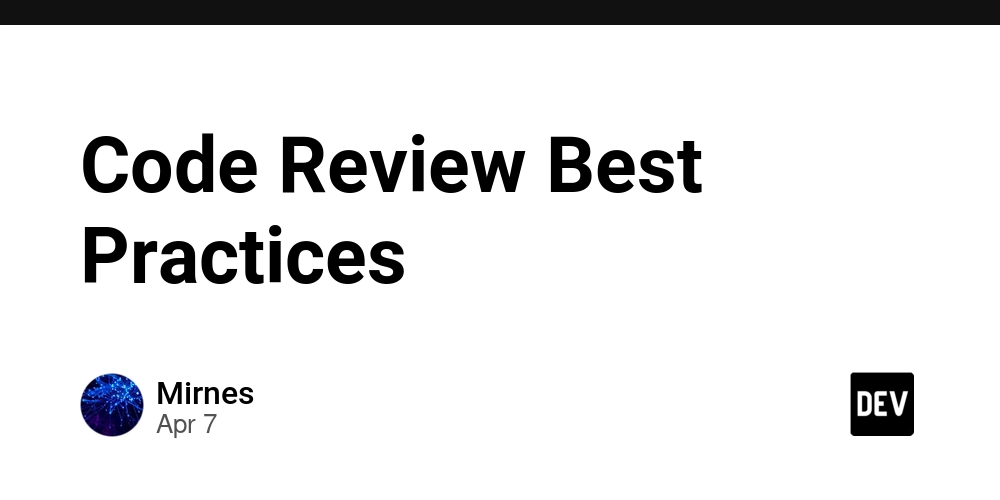
Code reviews are a crucial part of writing great software. They help maintain code quality, catch bugs early, and improve collaboration. But if done poorly, they can be frustrating, time-consuming, and even demotivating. So, how do you make your code reviews effective and useful?
What to Do?
1. Prioritize Code Quality and Maintainability
Make sure the code follows best practices and style guidelines.
Check for ways to improve performance and efficiency.
Ensure the code is easy to read and well-structured.
2. Give Constructive, Respectful Feedback
Focus on helping, not just pointing out mistakes.
Offer suggestions rather than just criticism.
Highlight things that were done well, not just areas that need improvement.
3. Ensure the Code is Properly Tested
Look for unit tests and integration tests where needed.
Check for edge cases and possible failure points.
Make sure tests actually pass before approving the PR.
4. Look Out for Security and Performance Issues
Watch for common security risks like SQL injection, XSS, and hardcoded secrets.
Keep an eye on database queries and API calls for efficiency.
Avoid unnecessary complexity that could slow things down.
5. Make Sure the Code Solves the Right Problem
Confirm that the implementation matches the requirements.
If there are UI changes, make sure they align with design specs.
Double-check that the solution is practical and efficient.
6. Encourage Small, Manageable PRs
Reviewing smaller pull requests is faster and more effective.
Give feedback promptly so you don’t block progress.
Encourage breaking big changes into smaller, focused updates.
7. Use Automation to Catch Basic Issues
Rely on linters and static analysis tools for style enforcement.
Let CI/CD pipelines handle basic testing and code coverage checks.
Automate formatting so you don’t have to waste time on minor faults.
What Not to Do?
1. Don’t Make It Personal
Critique the code, not the developer.
Use respectful, inclusive language.
Remember that everyone, no matter how experienced, makes mistakes.
2. Don’t Rush Through The Review
Take the time to understand the code before commenting.
Avoid approvals without actually checking the details.
Make sure your feedback is clear and actionable.
3. Don’t Hold Up Reviews For Too Long
Give feedback as soon as possible to keep things moving.
If you’re busy, let the team know so they can adjust expectations.
4. Don’t Expect Perfection Right Away
It’s okay if the first draft isn’t perfect—focus on incremental improvements.
Balance high standards with realistic expectations.
5. Don’t Overcomplicate Things
Keep suggestions practical and easy to follow.
Avoid unnecessary refactoring unless it truly improves the code.
Final Thoughts
Code reviews should be a positive, collaborative process. They’re not just about finding mistakes—they’re about making the code better and helping each other grow as developers. Keep feedback constructive, focus on maintainability, and use automation where you can to make the process smoother. Most importantly, remember that you are all on the same team, and that you are improving your product together.
Happy coding and happy reviewing!










































































































































































![[The AI Show Episode 142]: ChatGPT’s New Image Generator, Studio Ghibli Craze and Backlash, Gemini 2.5, OpenAI Academy, 4o Updates, Vibe Marketing & xAI Acquires X](https://www.marketingaiinstitute.com/hubfs/ep%20142%20cover.png)
















































































































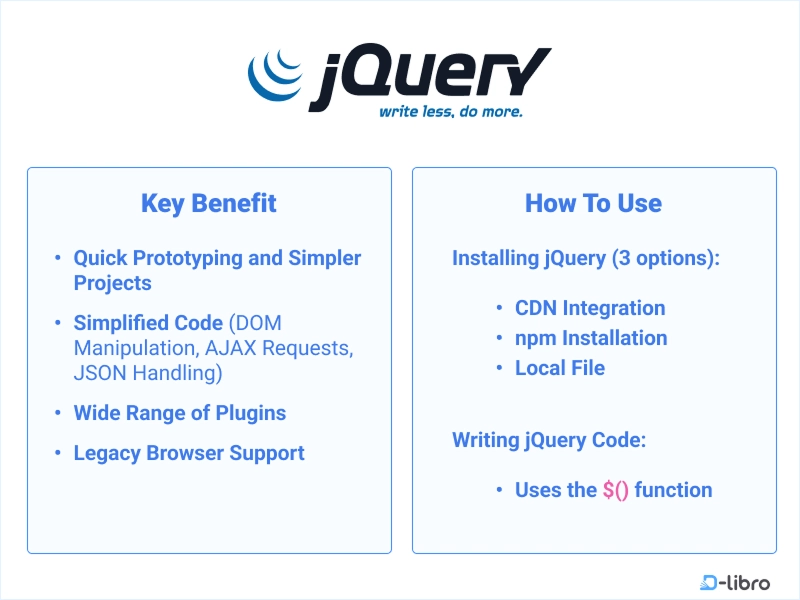












![From drop-out to software architect with Jason Lengstorf [Podcast #167]](https://cdn.hashnode.com/res/hashnode/image/upload/v1743796461357/f3d19cd7-e6f5-4d7c-8bfc-eb974bc8da68.png?#)



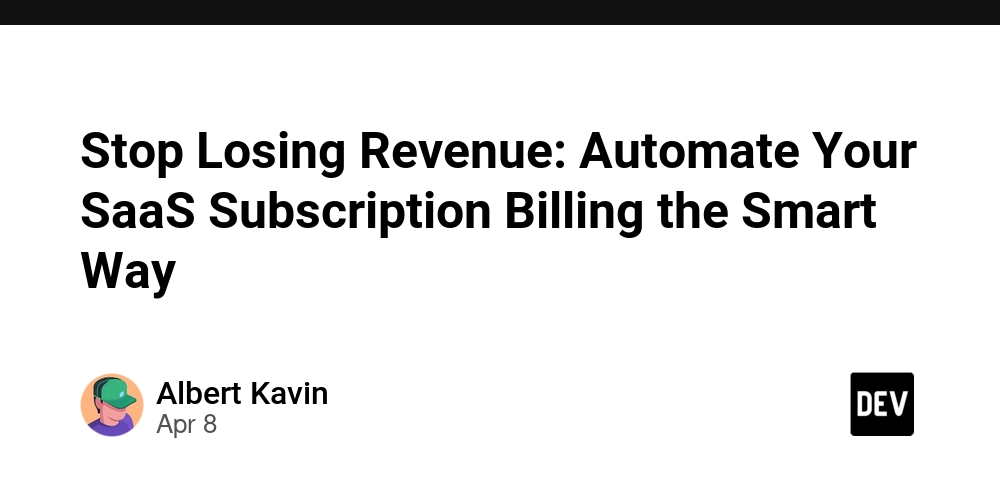











































































































(1).jpg?width=1920&height=1920&fit=bounds&quality=80&format=jpg&auto=webp#)






























_NicoElNino_Alamy.png?#)
.webp?#)
.webp?#)














































































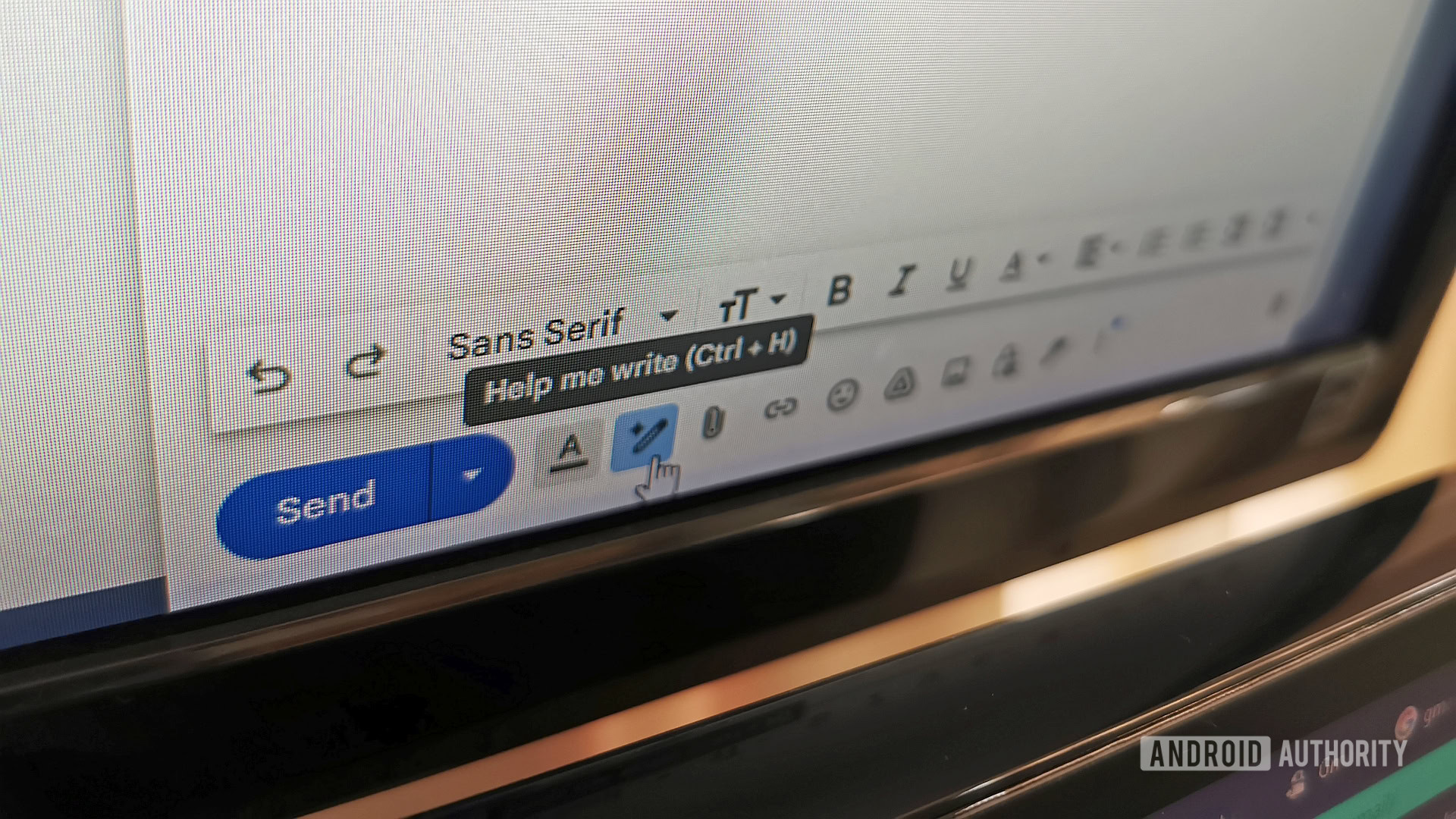

















![New iOS 19 Leak Allegedly Reveals Updated Icons, Floating Tab Bar, More [Video]](https://www.iclarified.com/images/news/96958/96958/96958-640.jpg)

![Apple to Source More iPhones From India to Offset China Tariff Costs [Report]](https://www.iclarified.com/images/news/96954/96954/96954-640.jpg)
![Blackmagic Design Unveils DaVinci Resolve 20 With Over 100 New Features and AI Tools [Video]](https://www.iclarified.com/images/news/96951/96951/96951-640.jpg)















